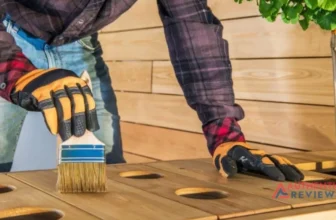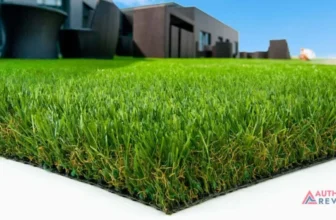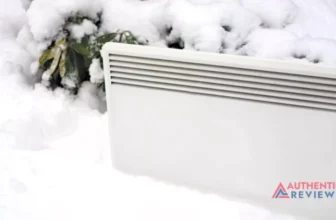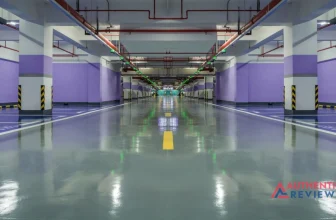How to Remove Scratches on Plastic – From Scuffed to Smooth
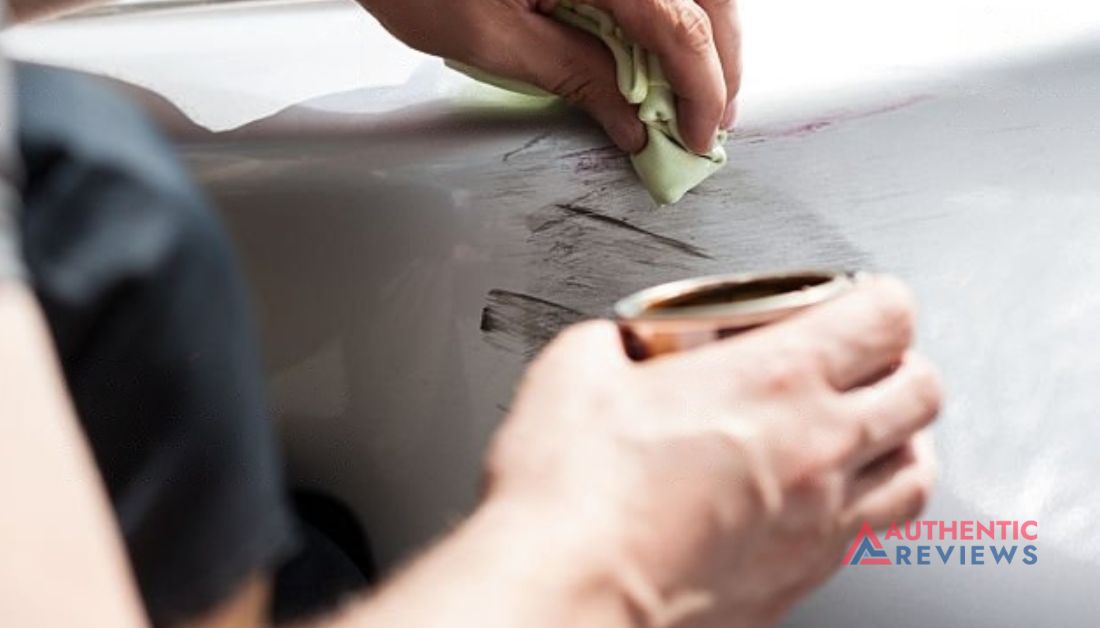
Scratches and scuff marks can be found on all sorts of items, including car bumpers. There are many different ways to try to repair plastic, but not all of them are effective.
Many plastic surfaces are either scratched or scuffed beyond what you can do with standard household cleaning techniques. For example, many plastic surfaces cannot be cleaned with soap and water.
Items used for food preparation and storage are often made of or contain PVC. Delicate surfaces need to be handled with care and should never be cleaned with abrasive household cleaning chemicals, as these cleaners could damage the surface and create a much bigger problem than before. So it’s important to know how to get rid of scratches on plastic.
Why do we want to remove scratches?
Who does not need a neat, shiny, glossy, and fine surface? All of us want to maintain the original look, feel, and finish of items that we own. The reason for this is that beauty can be related to self-confidence and self-esteem.
Another reason for trying a plastic scratch repair surface is to improve the appearance of the item. Scratches and scuff marks look bad, so polishing scratches off of plastic surfaces can make a big difference.
There are other, less obvious reasons to try plastic polishing. Scratches and scuff marks can contain embedded contaminants that can damage the plastic surface. For example, if a piece of metal gets embedded with germs and bacteria, then scratches can act as channels, enabling the contamination to spread into the plastic.
Following is a list of daily-use plastic items that get easily scratched
- Plastic-ware like buckets, plates, glasses, and food containers
- Plastic-ware items made of thermoplastics like tiffin, pails, etc.
- Plastic-ware items made of thermosetting plastics, like lunch boxes and water bottles
- Car plastic parts like bumpers, door panels, mudguards, etc.
- Plastic items of a household like plastic containers, furniture, and windows
- plastic coverings on home utility equipment like telephones and TV cabinets
- plastic coverings on electrical appliances like radio, mixer grinders, etc.
How To Remove Scratches From Plastic
Here are the top 5 approaches to learning how to remove deep scratches from plastic.
For minor surface scuffs, try using toothpaste or baking soda. It may require some scrubbing, but this mixture will help remove scuffs from most plastics.

Rub an ice cube over the plastic scratch for 30 seconds, then wipe it off with a soft cloth.

For deeper scratches, the use of a paste wax may be the answer. A car or plastic polish can help with getting scratches out of plastic surfaces.
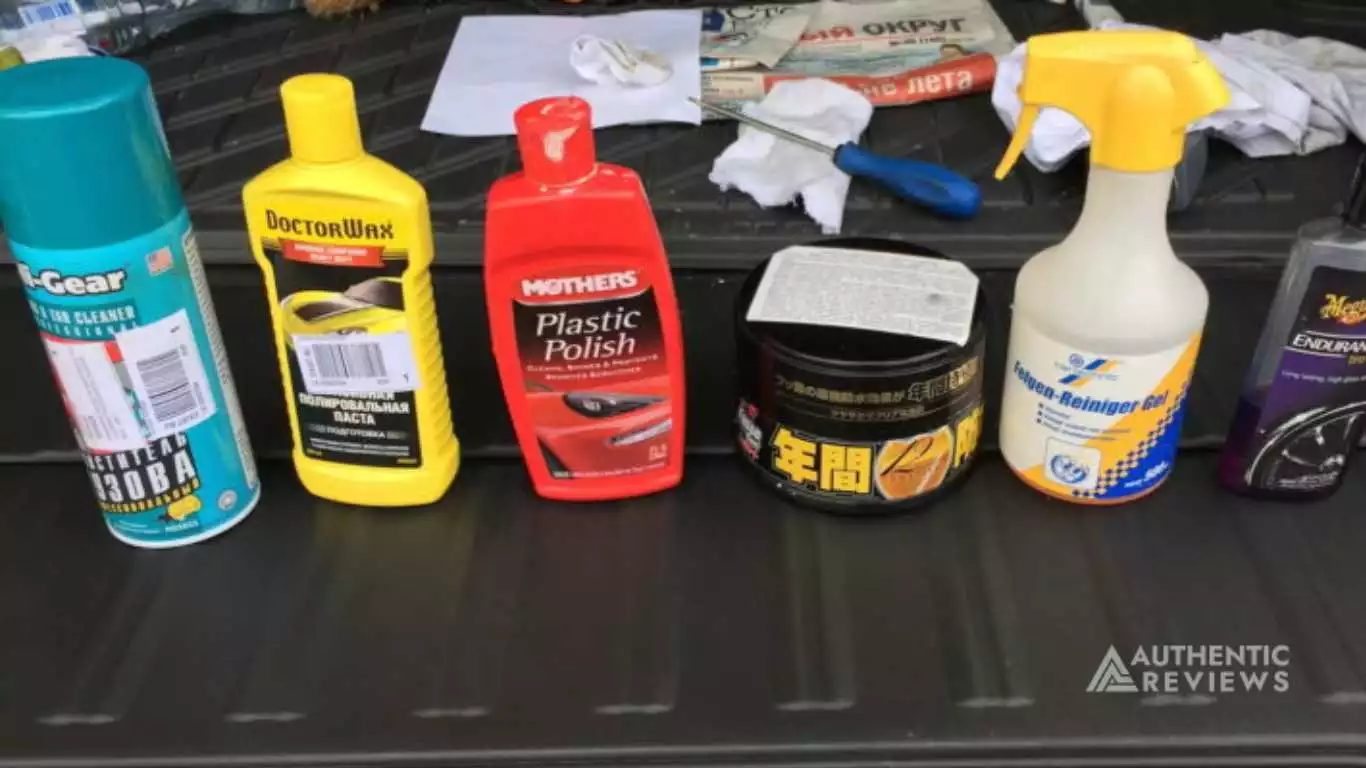
To remove something tough, try using peanut butter. As weird as it sounds, this household item will often work as a deep scratch remover when other things have failed
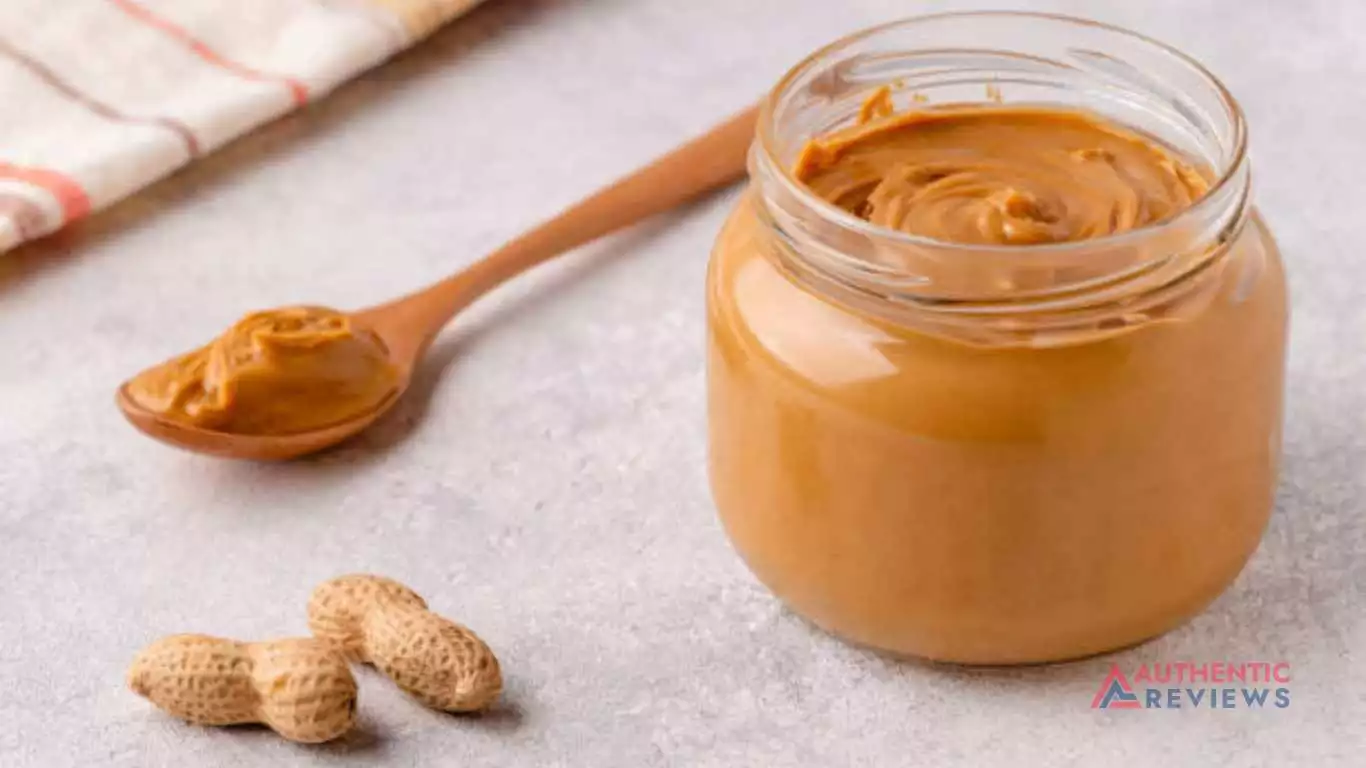
If your kids are ready for hot wheels, you can borrow a trick from the toy car industry. To smooth out minor plastic scratches, apply a plastic polishing compound to the surface and buff it with a clean cloth.

Taking the precautions of repairing plastic surfaces
It is important to exercise care when removing scratches from plastic because too much pressure can cause damage to the surface. If you do not know how to polish scratches off of plastic surfaces, it is best to take the item to a professional. At-home repairs can frequently cause more harm than good.
There are many products on the market that claim they can remove plastic scratches. Still, you must be careful when using them because they may worsen your problem by leaving behind residue or causing other damage when polishing plastic.
If you do decide to take on the task of repairing your plastic surface, make sure that you read and follow all directions thoroughly. You will be more successful at polishing out scratches if you proceed slowly and carefully.
Cleaners that are not allowed to cleaning the scratches
Many cleaners are not allowed on plastic, as they can damage it if used too much or incorrectly. These include gasoline, kerosene, acetone, methyl hydrate, lacquer thinners, toluene, alcohol, xylene, ethylbenzene, methyl ethyl ketone (MEK), and butyl cellosolve.
Shallow scratches Vs Deep scratches on the plastic
Shallow scratches are much easier to remove because these types of scratches are not too deep. You can still see the color of the plastic through these types of scratches.
Deep scratches are harder to remove because it is much more difficult to repair the too-deep damage. These scratches can be very difficult to repair, and often, they cannot be repaired with common household materials.
Useful household items to remove scratches on the plastic
Toothpaste also works as a scratch remover for plastic. For small marks, use white non-gel toothpaste, as the finer particles are less likely to scratch your item. Apply a small amount of paste to the affected area, and rub until the scratch disappears.
Frequently Asked Questions
There are two main types of scratches on plastic surfaces. They go by the names “matte” and “gloss.” A matte scratch on plastic is the most common, and these scratches are usually shallow.
A matte scratch on plastic tends to be much more visible than its gloss counterpart. This is because this type of scratch does not reflect any light whatsoever.
Matte scratches are superficial, shallow, and often obvious. They do not reflect light the way a glossy scratch does, which is usually easier to detect.
A gloss scratch on plastic is usually much more difficult to detect, as these types of scratches often create the illusion that the surface itself has not been damaged.
This type of scratch is deeper than the matte type, and it has a higher probability of damaging the plastic. These types of scratches can be removed without leaving any visible residue after learning how to polish plastic. You do not need to use household cleaners or abrasive materials to repair these scratches. You can easily use some type of commercial plastic scratch remover, but be sure to test it out on a small area first.
Conclusion
As you can see, there are many ways to remove scratches from plastic surfaces. If you know what kind of scratch you have and how deep it is, you can easily determine which method to use. If the surface is not too badly scratched up, you can try one of the household solutions. I hope this information helps you keep your items glossy, neat, and fresh.


